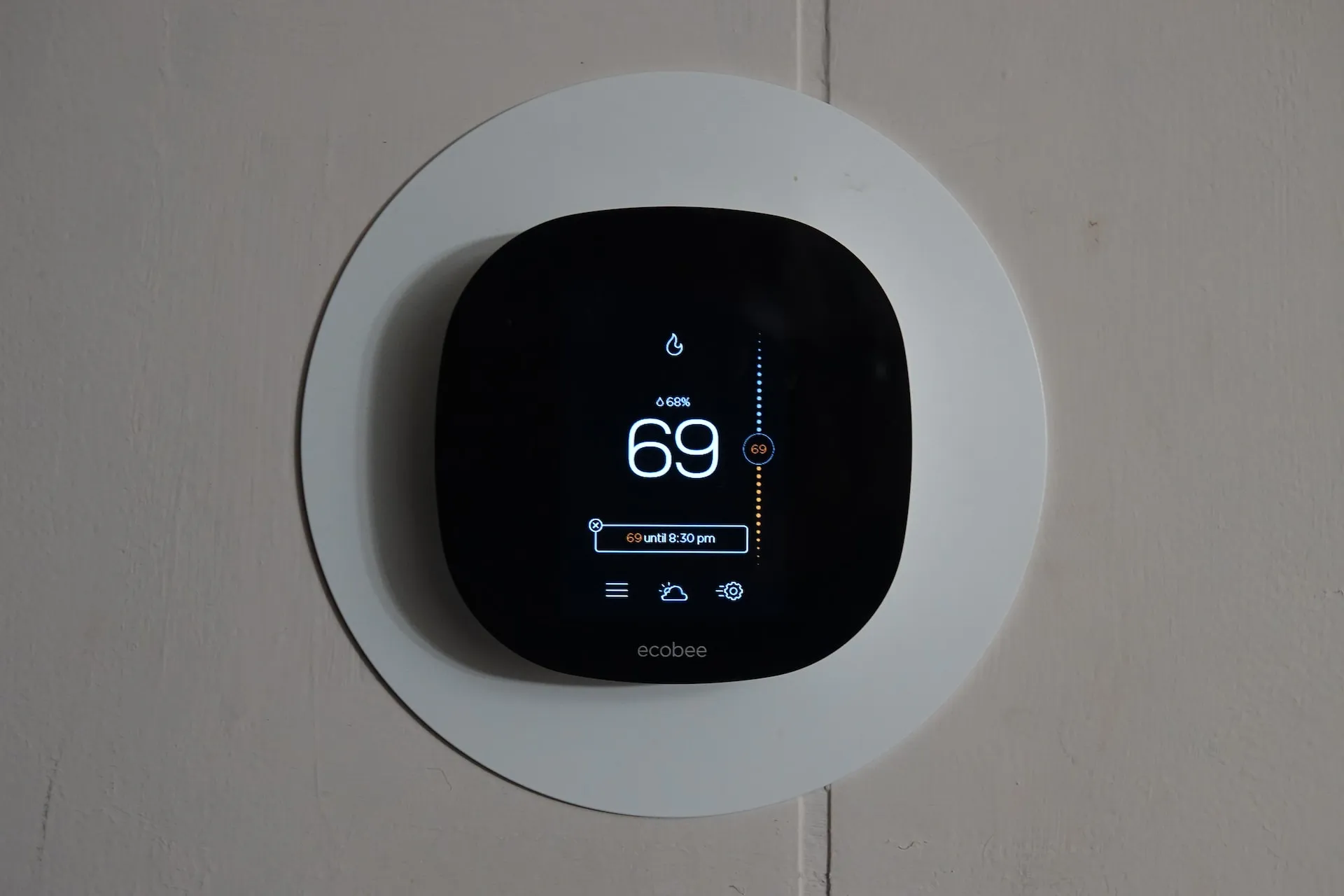
Smart thermostats are one of the most popular smart home devices on the market. They offer a number of benefits, including energy savings, comfort, and convenience. But with so many different models available, it can be tough to know which one is right for you.
In this blog post, we’ll walk you through everything you need to know about smart thermostats, including how to choose the right one for your home and how to use it once it’s installed.
Table of Contents
What is a smart thermostat?
A smart thermostat is a programmable thermostat that can be controlled remotely using a smartphone app or voice assistant. Smart thermostats also learn your heating and cooling habits over time and can automatically adjust the temperature to save energy and improve comfort.
What are the benefits of using a smart thermostat?
There are many benefits to using a smart thermostat, including:
- Energy savings: Smart thermostats can save you up to 23% on your annual heating and cooling costs.
- Comfort: Smart thermostats can automatically adjust the temperature to your liking, so you’re always comfortable in your home.
- Convenience: Smart thermostats can be controlled remotely, so you can adjust the temperature even when you’re not home.
- Peace of mind: Smart thermostats can notify you if there’s a problem with your HVAC system, so you can take action quickly.
What are the different types of smart thermostats available?
There are two main types of smart thermostats available: Wi-Fi thermostats and ZigBee thermostats. Wi-Fi thermostats are the most common type of smart thermostat. They connect to your home’s Wi-Fi network, so you can control them from anywhere in the world. ZigBee thermostats require a ZigBee hub to connect to your smartphone or voice assistant.
There’s another type of thermostat is Z-Wave. It is A thermostat that uses the Z-Wave wireless protocol to communicate with other smart home devices. Z-Wave is a low-power, mesh network protocol that is well-suited for smart home applications. However, it might be complicated for you to set up different types of protocols while you can have easy-to-install and use options with Wi-Fi thermostats.
How to choose the right smart thermostat for your home
When choosing a smart thermostat for your home, there are a few things you need to consider:
- Compatibility: Make sure that the smart thermostat you choose is compatible with your home’s HVAC system. You can usually find this information on the manufacturer’s website.
- C-wire: Some smart thermostats require a C-wire, or common wire, for power. If your home doesn’t have a C-wire, you may need to hire a professional to install one.
- Budget: Smart thermostats can range in price from around $100 to $300. Choose a model that fits your budget and needs.
- Smart home integration: If you have other smart home devices, such as a smart speaker or smart hub, make sure that the smart thermostat you choose is compatible with them.
- Features: Consider what features are important to you. Some smart thermostats offer features such as geofencing, voice control, and energy-saving features.
Tips for installing your smart thermostat
Installing a smart thermostat is usually a relatively straightforward process. However, it’s important to follow the manufacturer’s instructions carefully.
Here are a few tips:
- Turn off the power to your HVAC system before you start installing the thermostat.
- Be careful when handling electrical wires.
- If you’re not comfortable installing the thermostat yourself, hire a professional to do it for you.
How to use your smart thermostat
Once your smart thermostat is installed, you can start using it to save energy and improve comfort in your home.
Here are a few tips:
- Create a heating and cooling schedule. This will allow the thermostat to automatically adjust the temperature to your liking, even when you’re not home.
- Use geofencing to automatically adjust the temperature when you come and go. This way, your home will be comfortable when you arrive and save energy when you’re away.
- Take advantage of energy-saving features. Many smart thermostats offer features such as energy-saving modes and vacation modes. These features can help you save even more money on your energy bills.
- Monitor your energy usage. Many smart thermostats allow you to monitor your energy usage over time. This information can help you identify areas where you can save energy.
Perfect Learning Leads to a Perfect Choice
Smart thermostats are a great way to save energy, improve comfort, and make your home more convenient. When choosing a smart thermostat for your home, consider your compatibility needs, budget, smart home integration needs, and desired features.
Once your smart thermostat is installed, take some time to learn how to use it effectively. By following the tips above, you can start saving money and improving your home’s comfort level.








